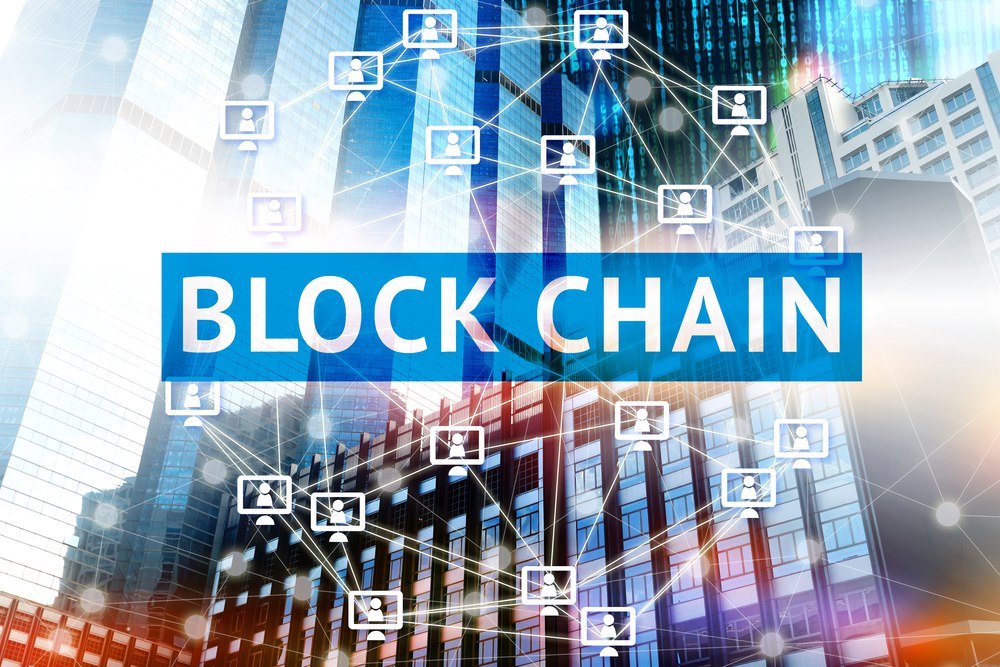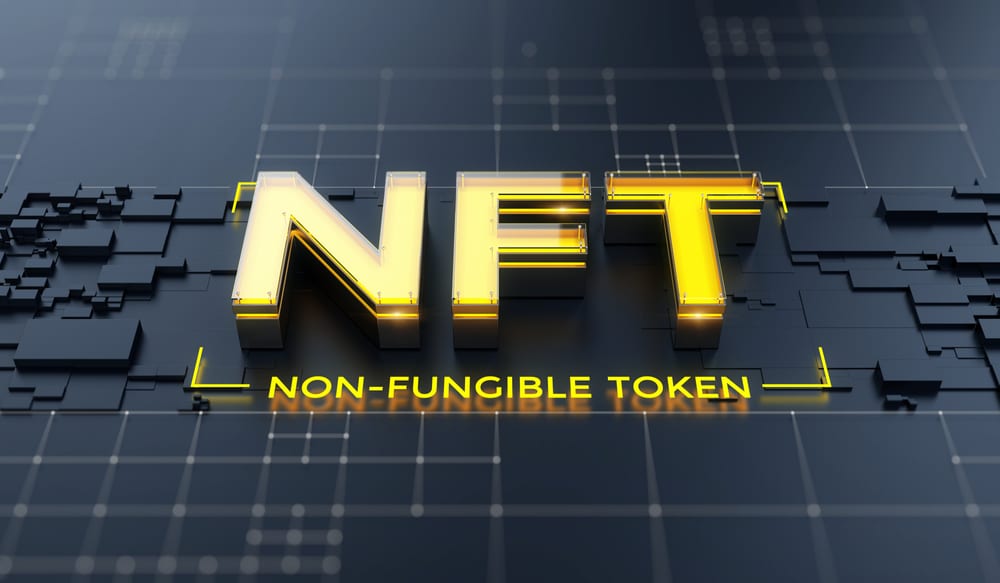What is The Blockchain Trilemma? Decoding its Significance and Implications

Blockchain technology has revolutionized how we handle data and transactions, but it also faces a unique challenge often known as the organic blockchain dilemma.
This notion, coined by Vitalik Buterin, Ethereum’s Co-founder, underscores the harmonious interplay between three essential pillars of blockchain technology: security, growth potential, and grassroots control.
Security emphasizes the vital safeguards that blockchain networks should incorporate to deter potential malevolent interventions. Scalability, the subsequent element, necessitates that blockchain systems efficiently handle an extensive volume of transactions and users without appreciably inflating costs or processing times. Lastly, decentralization embodies the essence of blockchain, ensuring that no single party holds undue influence and that power is equitably shared amongst all stakeholders.
The intricate relationship between these elements means that elevating one can often lead to the compromise of another. This dynamic presents a problem for innovators, often compelling them to prioritize two aspects over the third.
While there’s a sense of hopefulness, the broader industry sentiment remains mixed. Many opine that harmonizing these three elements might be an uphill task in the foreseeable future.
Security: A Fundamental Aspect of the Blockchain Dilemma
Centering on the initial aspect of the blockchain dilemma, security holds significant importance within blockchain technology. A blockchain infrastructure should be constructed with stringent protective measures to deter malevolent forces from gaining undue influence. This poses a notable challenge, particularly since blockchains inherently lack centralized oversight and governance.
For instance, the Bitcoin blockchain employs cryptographic techniques and a consensus strategy termed ‘proof of work.’ This approach ensures a resilient linkage of data blocks, making unauthorized alterations immediately noticeable to the network. Additionally, the system’s security robustness is proportionate to its participants. A larger participant pool dilutes the likelihood of any single party assuming undue control, mitigating risks like the notorious 51% attack.
However, it’s pivotal to understand that while security is essential, its enhancement could influence the other two facets of the trilemma: decentralization and scalability.
Scalability: A Vital Element of the Blockchain Trilemma
Delving into the second element of the blockchain trilemma, scalability stands out as an indispensable factor for advancing blockchain systems. It signifies a blockchain’s capability to manage growing transactions and users while ensuring consistent transaction speeds and cost efficiency.
Considering the expansive ambitions of numerous blockchain initiatives, their systems must be equipped to accommodate billions of users. Yet, attaining remarkable scalability is complex, particularly when striving to uphold the trilemma’s other two facets: decentralization and security.
In bolstering decentralization and security, scalability can pose significant challenges. For example, the Bitcoin network’s capacity is limited to approximately seven transactions per second, which is modest compared to centralized transaction systems like Visa, capable of managing 24,000 transactions within the same timeframe. This disparity stems from blockchain’s inherent structure, which requires multi-party processing and consensus methods like proof-of-work, renowned for their security and latency.
Various strategies, including sharding, alternative consensus methods, and Layer 2 solutions, are under consideration to tackle this constraint.
Decentralization: The Distinctive Aspect of the Blockchain Trilemma
Blockchain technology’s hallmark feature is its decentralization, distinguishing it from conventional centralized systems. Within a decentralized blockchain setup, power is equitably dispersed among its members, obviating the necessity for a singular controlling entity. Such a distribution augments the network’s transparency and impartiality and fortifies it against undue influence and censorship.
However, actualizing decentralization comes with its own set of challenges. For instance, as participant numbers swell, achieving consensus may require more time, which could, in turn, affect the network’s scalability.
Moreover, heightened decentralization could lower security measures, allowing malevolent players to infiltrate the network and initiate disruptive actions.
Final Thoughts
The Blockchain Trilemma, comprising security, scalability, and decentralization, is a central challenge in blockchain technology.
DISCLAIMER: It's essential to understand that the articles on this site are not meant to serve as, nor should it be construed as, advice in legal, tax, investment, financial, or any other professional context. You should only invest an amount that you are prepared to lose, and it's advisable to consult with an independent financial expert if you're uncertain. To obtain more information, kindly examine the terms of service and the assistance and support resources made available by the issuing or advertising entity. Our website is committed to delivering accurate and unbiased news, yet it's important to note that market conditions may change rapidly. Also, be aware that some (but not all) articles on our site are compensated or sponsored.








